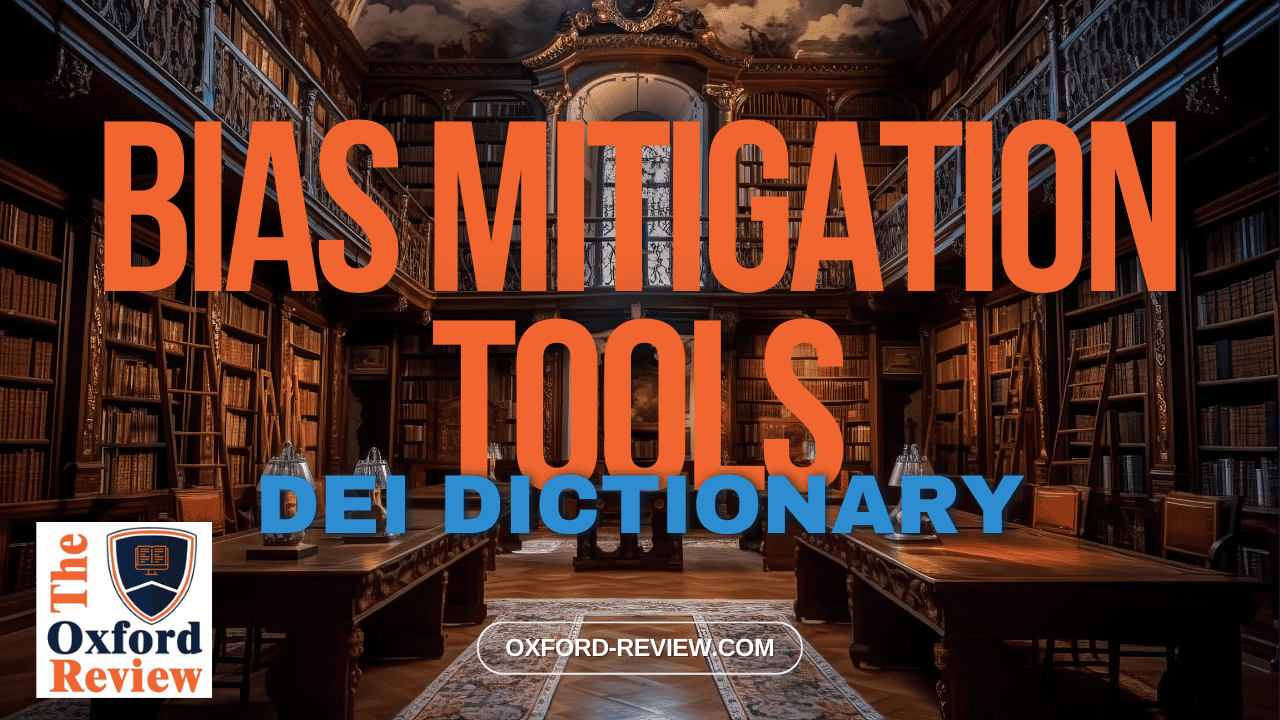Bias Mitigation Tools – Definition and Explanation

Definition:
Bias Mitigation Tools encompass a range of strategies, technologies, and frameworks designed to identify, address, and reduce biases within organisational processes, decision-making, and culture. These tools aim to mitigate the impact of unconscious biases that may influence perceptions, judgments, and actions, ultimately fostering a more equitable and inclusive environment.
Importance of Bias Mitigation Tools:
Incorporating Bias Mitigation Tools into organisational practices is crucial for several reasons:
- Promoting Fairness: By mitigating biases, these tools ensure that decisions regarding hiring, promotion, and performance evaluation are based on merit rather than subjective judgments influenced by bias.
- Enhancing Diversity: Addressing biases helps create a level playing field, encouraging the participation and advancement of individuals from diverse backgrounds, including those historically underrepresented in the workforce.
- Improving Organisational Performance: A diverse and inclusive workforce fosters innovation, creativity, and collaboration, leading to improved problem-solving and decision-making within the organisation.
- Meeting Legal and Ethical Obligations: Implementing Bias Mitigation Tools not only aligns with legal requirements related to equal opportunity but also demonstrates a commitment to ethical business practices and social responsibility.
Examples:
Anonymous Recruitment Platforms: Many organisations utilise platforms that anonymise candidate information during the initial stages of recruitment. By removing identifying details such as name, gender, and ethnicity, these platforms help mitigate unconscious biases that may arise from implicit assumptions or stereotypes.
Diverse Hiring Panels: Another effective tool involves assembling hiring panels comprising individuals from diverse backgrounds. This approach helps counteract the influence of individual biases by bringing multiple perspectives to the evaluation process, ensuring fair and comprehensive assessments of candidates.
Bias Training Workshops: Organisations often conduct bias awareness and mitigation training sessions for employees at all levels. These workshops educate participants about the various forms of bias, how they manifest in the workplace, and strategies for recognising and mitigating bias in decision-making processes.
Conclusion:
Bias Mitigation Tools play a vital role in promoting diversity, equity, and inclusion within organisations. By identifying and addressing biases in decision-making processes, these tools contribute to creating a more equitable and inclusive environment where all individuals have the opportunity to thrive. Embracing Bias Mitigation Tools isn’t just a moral imperative but also a strategic advantage in today’s diverse and dynamic workforce landscape.
Be impressively well informed

Get the very latest research intelligence briefings, video research briefings, infographics and more sent direct to you as they are published
Be the most impressively well-informed and up-to-date person around...
